Energy efficiency classes are a necessary attribute for most goods, buildings, structures. Assessment of energy consumption during classification takes place by comparing actual consumption with a baseline or average value.
Why classification is needed in energy conservation?
An energy-saving policy involves not only stimulating the use of energy-efficient technologies and applying energy-saving solutions in all sectors of the economy, but also controlling the level of energy consumption. In solving all these problems product classification and real estate by the degree of resource saving - a necessary tool with which it becomes possible to group products and the final assessment of the energy intensity of the gross domestic product.
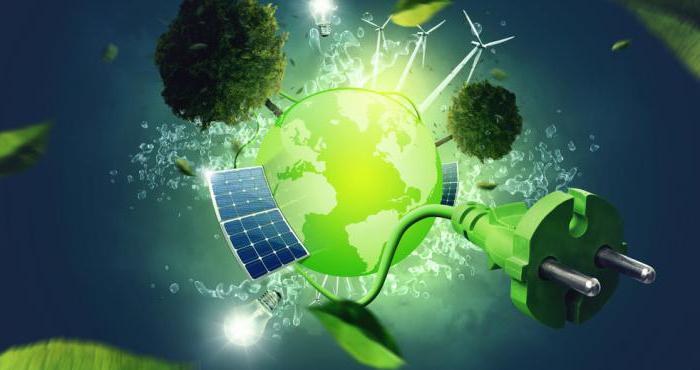
For the first time, energy efficiency classes appeared in Germany and are now used everywhere as markers, responsible for saving costs on the consumption of resources, caring for the environment, and modernity of the manufacturing company.
Basic principles for establishing an energy efficiency class for goods in Russia
The Decree of the Government of the Russian Federation of December 31, 2009 No. 1222 provides the main approaches to determining the energy efficiency classes of goods. Moreover, this regulation applies to goods, including those imported into Russia.
The resolution also provides a list of types of goods for which the indication of information on energy efficiency in technical documentation is mandatory. These include various household appliances (refrigerators, televisions), as well as elevators and light bulbs.
The main principles for the classification of goods by energy efficiency are:
- categorization of goods in the manner prescribed by legal documents;
- determination of the range of acceptable values of energy efficiency indicators;
- ensuring harmonization of acceptable values with the level of European countries;
- use of classification symbols: from A to G (A +, A ++ - optional);
- uniformity of documentation.
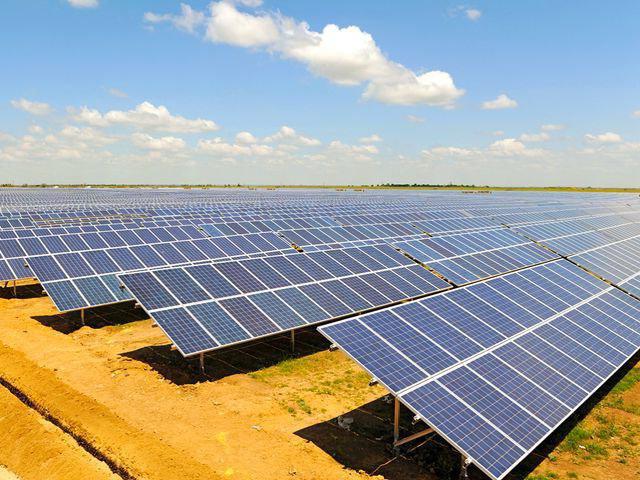
At the same time, separate classification rules have been introduced for goods purchased for the state and municipalities (Decree of the Government of the Russian Federation of December 31, 2009 No. 1221). It is worth noting that this category of goods also includes elements of energy and water supply to buildings. The document also indicates the primary (more stringent) requirements for energy efficiency, including:
- for household appliances from the list above, the energy efficiency classes should not be lower than the two topmost positions;
- lighting control systems should work either on a schedule or using sensors for finding people in rooms or a light sensor;
- new and reconstructed heat generating facilities should combine the generation of heat and electric energy and achieve an efficiency of more than 70%;
- The purchase of compact, double-ended and arc mercury lamps is not permitted.
Energy Efficiency Class Rules
Energy efficiency classes are established by importers and manufacturers of goods in accordance with the approved rules. Order of the Ministry of Industry and Trade of the Russian Federation of April 29, 2010 No. 357 contains the basic methods for determining the energy characteristics of various types of goods, such as:
- electric household refrigeration compression devices;
- household washing and washing-drying electric machines (except for machines with 2 or more tanks);
- domestic air conditioners (except those with steam and water pumps);
- household dishwashers;
- household kitchen electric stoves (except high-frequency);
- household electric ovens (except microwave ovens, cabinets less than 12 l, electric ovens without temperature control and with a non-standard method of heating food);
- electromagnetic microwave ovens in the range of 300 MHz - 30 Hz (except for commercial, industrial, medical, for special conditions);
- color television sets and combined equipment;
- thermal and non-accumulating electric radiators, electroconvectors, electric fan heaters, electric radiators;
- household electric boilers, instantaneous water heaters;
- electric, household fluorescent lamps (except for lamps with a luminous flux over 6500 lm, power less than 4 W, reflex, with a wavelength of 400 - 800 nm, in-device);
- computer monitors;
- printers and copiers;
- passenger, freight and passenger elevators (except for those used for production purposes).
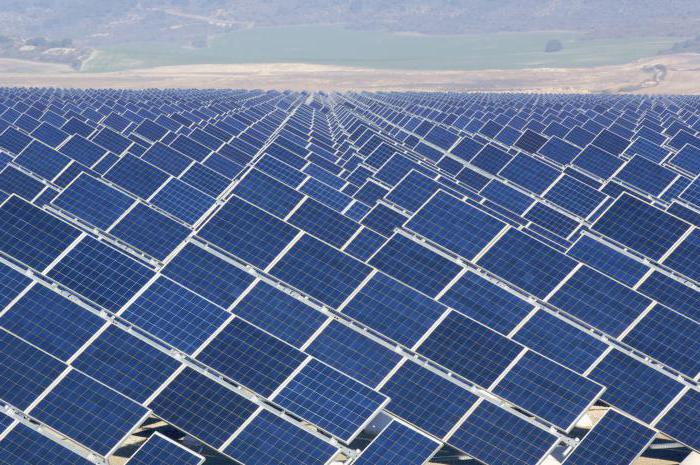
These rules do not apply to equipment (devices) operating from other energy sources, from an electrical network with a voltage above 250 V or increased performance.
Office Equipment Classification
For each company, the economic component of the business is primarily important. This means that each item of expenditure is examined almost under a microscope in order to find ways to reduce all possible expenses. Energy consumption is one of the essential parts of the expenditure volume of an organization’s financial flows. Today, there are many ways to save electric and thermal energy in office premises, but equipment remains the main consumer of energy resources. In this regard, when buying, you must pay attention to the energy efficiency class of office equipment.
To determine the energy characteristics of printing equipment, for example, there are rules that all importers and manufacturers must use. Classes are allocated according to the power of the equipment to 10 positions for power in standby modes and in the off state.
As for the main working tool of a modern office worker, the energy efficiency class of a computer is currently set only in the monitor part. For them, only 9 classes of energy efficiency are provided, the distribution of which also occurs according to the power consumption in standby mode.
Thus, it is quite simple to determine the energy efficiency class of office equipment in the presence of technical passports.
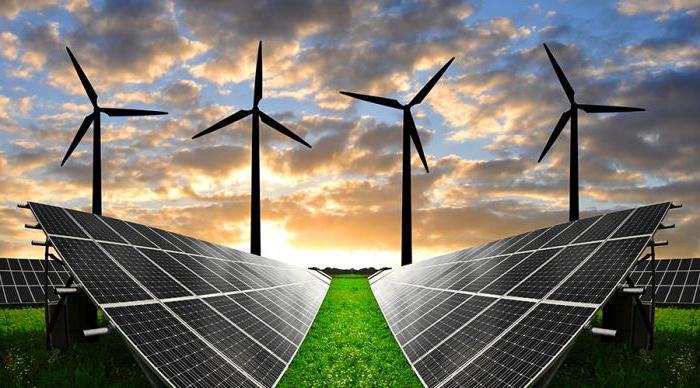
Labeling Refrigerators
The energy efficiency class of household appliances is also determined according to the approved order.
So, for example, for refrigerators there are two groups of classifiers. For energy-saving refrigeration units, two classes are distinguished (A ++ and A +), the purpose of which depends on the calculated index of energy efficiency (respectively: less than 30% and from 30% to 42% not inclusive).
The energy efficiency index is calculated as a percentage of the actual energy consumption of the appliance to the energy consumption of a standard refrigerator of the same type. The regulatory documents also provide a formula for calculating standard energy consumption with all the coefficients and explanations necessary for this.
For ordinary household refrigerators, the above index is also calculated (however, in fairness it should be noted that the formula for calculating the standard energy consumption of a refrigerator is different), based on which an energy efficiency class of 7 positions is assigned.
Classification of washing machines and dishwashers
Such an indispensable assistant for the hostess as a washing machine, saving time on household chores, consumes many other resources - electrical.In this regard, the energy saving labeling of these devices also deserves attention and occurs separately for washing machines and separately for washing and drying machines.
Dishwashers are one of the most wasteful household appliances, not only in terms of water consumption, but also in terms of energy consumption. For their classification by energy efficiency, one should use the same index and 7 possible levels of energy consumption.
Energy Efficiency Classes for Electric Cookers and Light Bulbs
Electric cookers and ovens are also classified according to energy efficiency depending on the liter volume in groups: with small (12 to 35 liters), medium (35 to 65 liters) and large (65 liters or more) volumes.
The classification of light bulbs according to the degree of energy efficiency is divided into two stages. Firstly, the energy efficiency index is calculated and a class is assigned according to it. Secondly, if necessary, the bulb is checked for compliance with class “A” by evaluating its power consumption using a special mathematical expression.
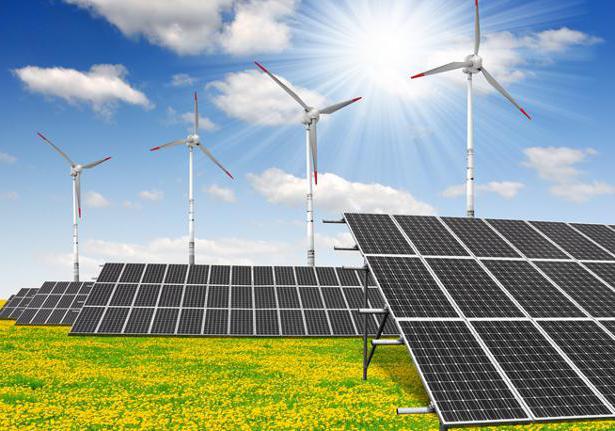
Energy Saving Air Conditioners
Air conditioning is an expendable, but very comfortable solution, especially for crowded places. Domestic air conditioners are also subject to resource labeling.
Classification occurs in groups: in cooling mode and in air heating mode. For each mode, the energy efficiency index is calculated as the ratio of cooling capacity / heat production to the energy consumption of the device in this mode. Depending on the values of these indices, a class is established for the following groups of air conditioners (air / water cooled):
- separate;
- monoblock;
- single channel.
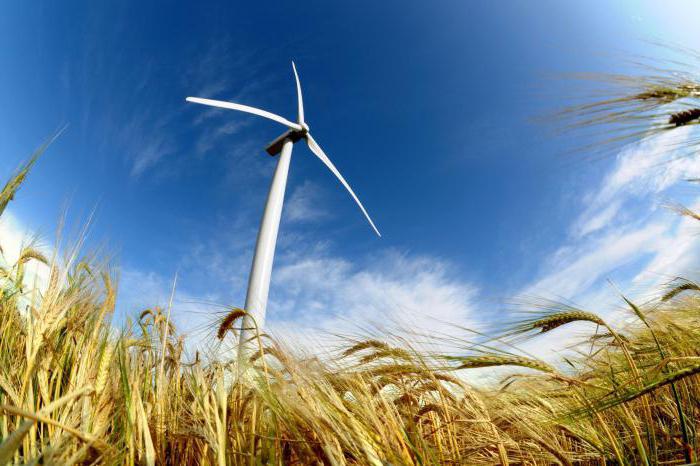
In general, the energy efficiency classes of office and household appliances are not difficult to establish. Nevertheless, there are objective reasons for dishonest manufacturers to falsify such data. Energy-efficient equipment is more expensive and claims to provide savings in the user's current expenses. In this regard, it is necessary to carefully study the technical documentation of the purchased product.
Energy efficiency classes of special equipment
Any specialized equipment located in the organization, and serving to perform its specific (industry) functions, can be called special. All organizations carrying out regulated activities are required to provide information on the energy efficiency level of such equipment to the Ministry of Energy in a special form, posting it on the Internet on a special website or sending it at a glance to the Ministry of Energy. At the same time, the energy efficiency class of household and special equipment (and sometimes office equipment) is one of the key criteria for the Ministry of Energy experts to evaluate the organization's compliance with energy efficiency requirements.
Classification of buildings
In order to provide instructions of federal regulatory documents, the energy efficiency class of a residential or public building is established.
Classes are assigned at the stage of putting the object into operation, for which they carry out an energy audit - a special examination of the building structures for compliance with its heat-shielding characteristics as set in the design documentation. As a result, the energy passport is filled in, where, among other things, the energy efficiency class of the building is also indicated. However, there are a number of difficulties associated with determining the thermal characteristics of an uninhabited building: the heating system does not work at full strength, air exchange minus the consumption of oxygen by the residents of the house, and heat exchange is generally evaluated very conditionally due to the lack of working electrical appliances that produce heat and people.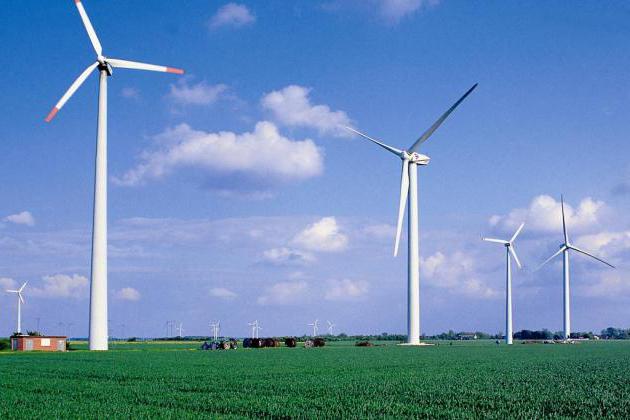
In conclusion, it is worth noting that the legislation in the field of labeling and classification of goods and real estate is constantly changing, new rules and basic values are introduced, this article focuses on only part of the goods: office, household, special equipment, energy efficiency class for buildings.






